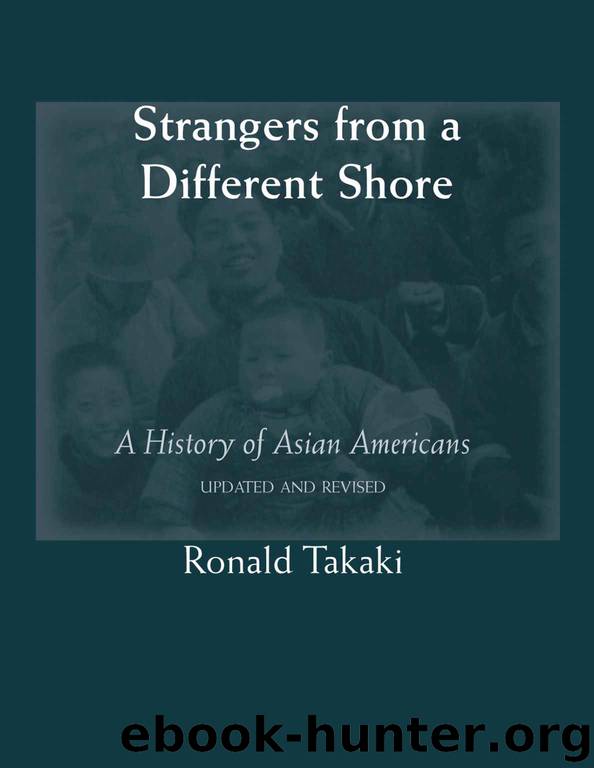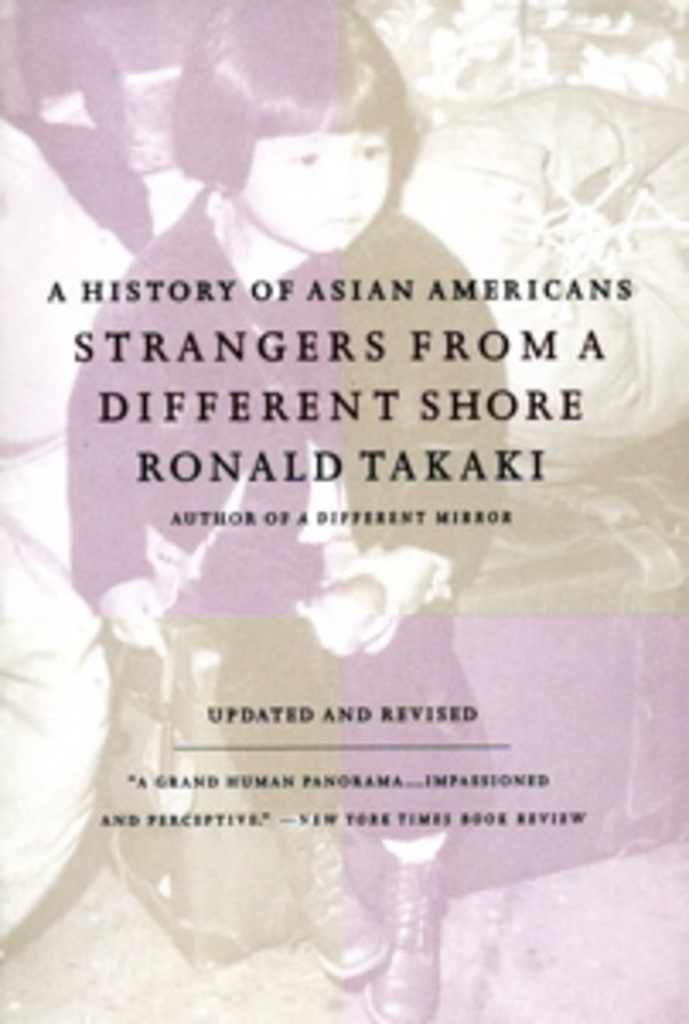

I did not look white or European in ancestry. There my fellow white students asked me questions like: "How long have you been in this county? Where did you learn to speak English?" They did not see me as a fellow American.

Nishi became a role model for me, and he arranged for me to attend the College of Wooster. I remember going home and asking my mother, who only had an eighth-grade education: "Mom, what's a Ph.D.?" She answered: "I don't know but he must be very smart." Dr. Shunji Nishi, a Japanese American with a Ph.D. During my senior year, I took a religion course taught by Dr. As a teenager growing up on Oahu, I was not academically inclined but was actually a surfer. My grandfather emigrated from Japan to work on the cane fields of Hawaii in 1886, and my mother was born on the Hawi Plantation. internment camps during World War II, Hmong refugees tragically unable to adjust to Wisconsin's alien climate & culture, & Asian American students stigmatized by the stereotype of the "model minority." This is a powerful & moving work that will resonate for all Americans, who together make up a nation of immigrants from other shores. He tells stories of Japanese Americans behind the barbed wire of U.S. He writes of the Chinese who laid tracks for the transcontinental railroad, of plantation laborers in the canefields of Hawaii, of "picture brides" marrying strangers in the hope of becoming part of the American dream. In an extraordinary blend of narrative history, personal recollection, & oral testimony, the author presents a sweeping history of Asian Americans.


 0 kommentar(er)
0 kommentar(er)
